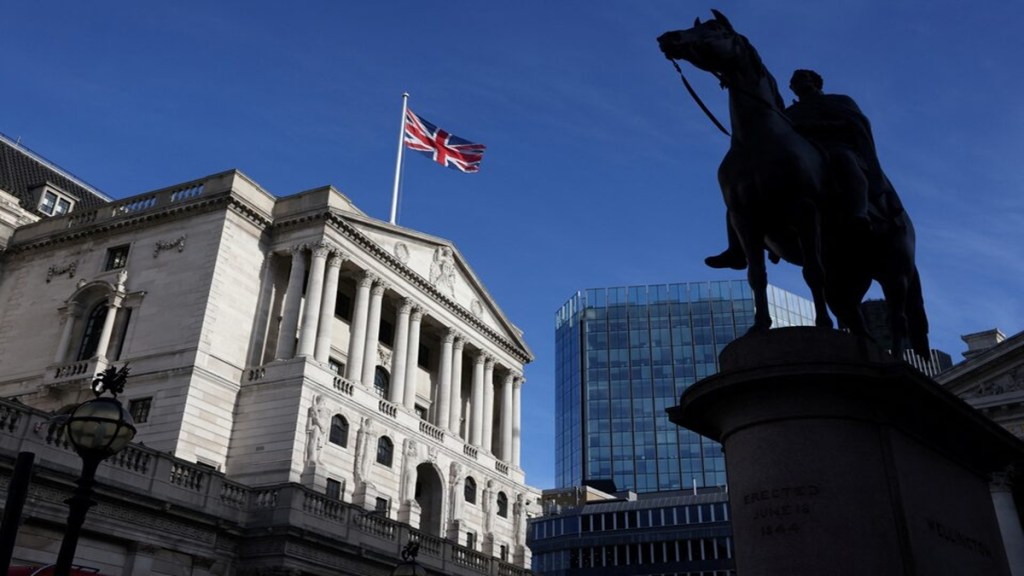The Bank of England lowered its Bank Rate by 25bps to 5% in its August meeting after holding the rate at a 16-year peak for a full year, the first cut since the reaction to the pandemic.
The decision was “finely balanced” with four members of the Monetary Policy Council opting to hold borrowing costs unchanged. At its meeting ending on 31 July 2024, the MPC voted by a majority of 5–4 to reduce Bank Rate by 0.25 percentage points, to 5%. Four members preferred to maintain Bank Rate at 5.25%.
Michael Brown Market Analyst at Pepperstone says, The UK’s Old Lady of Threadneedle Street has delivered the first rate cut of the cycle, raising Bank Rate to 5.00%, a decision that was seen as a 2-in-3 chance, highlighting the knife-edge nature of the August meeting. Governor Bailey broke a deadlocked MPC with a 5-4 rate cut, using his casting vote. Four members, including Chief Economist Pill, dissented, arguing for maintaining Bank Rate at a post-GFC high.
The Committee noted that it expects headline inflation to fall and inflation expectations to converge toward the target.
Additionally, the MPC stated that restrictive policy is due to slack the GDP to below potential and continue softening the labor market, warranting a less restrictive policy stance.
The British pound weakened to below $1.28, a low level not seen in about a month, after the Bank of England reduced the interest rate by 25bps to 5%, in line with expectations from most investors, although the decision was a close call.
Traders have increased their bets for rate cuts for the rest of the year, and see another 35bps of reductions. Still, Governor Bailey warned about cutting “too quickly or by too much”, as concerns linger about the prevailing persistence of domestic inflationary pressures.
“The Bank of England’s interest rate cut is part of a broader global trend among central banks, including the European Central Bank (ECB), to unwind restrictive monetary policies and foster economic growth,” says Nigel Green, deVere CEO.


